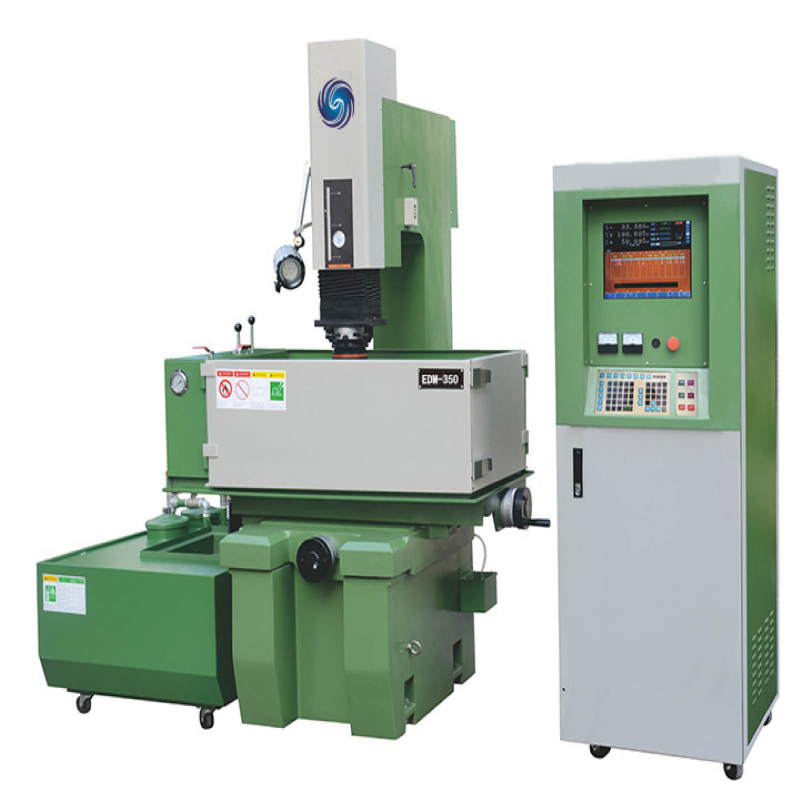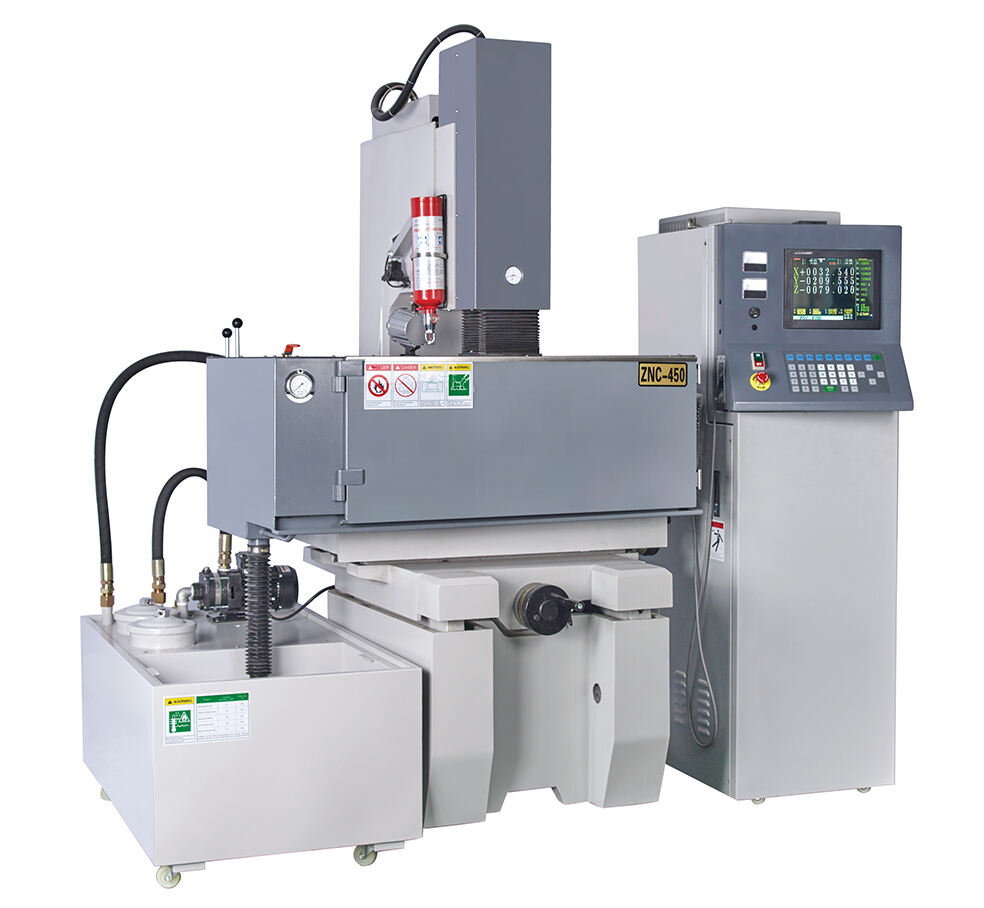Understanding Modern Electric Discharge Machining Processes
Electric discharge machining (EDM) has revolutionized the manufacturing industry by enabling the production of complex shapes and intricate designs that would be impossible to achieve through conventional machining methods. This sophisticated manufacturing process uses electrical discharges to remove material from workpieces, creating precise components for various industries. As technology advances, the applications of electric discharge machining continue to expand, making it an indispensable tool in modern manufacturing.
The process works by generating controlled electrical sparks between an electrode and a workpiece, both submerged in dielectric fluid. These sparks effectively erode the material, allowing for extremely precise cuts and shapes. The versatility and accuracy of this technology have made it essential in numerous industrial applications, from aerospace components to medical devices.
Advanced Manufacturing Applications
Aerospace and Defense Components
In the aerospace industry, electric discharge machining plays a crucial role in manufacturing turbine components, fuel injection nozzles, and complex structural parts. The ability to create intricate cooling channels in turbine blades and precise holes in fuel injectors demonstrates the technology's importance in this sector. Aircraft manufacturers rely on EDM to produce components that must meet stringent safety and performance requirements.
Defense applications include the production of missile components, guidance systems, and specialized military equipment. The precision and reliability of electric discharge machining ensure that these critical components meet military specifications and perform consistently under extreme conditions.
Medical Device Manufacturing
The medical industry benefits significantly from electric discharge machining capabilities. Surgical instruments, implants, and diagnostic equipment components require exceptional precision and surface finish quality. EDM enables the production of titanium implants with specific surface textures that promote better integration with human tissue.
Manufacturers use this technology to create microscopic features in medical devices, such as tiny holes in surgical needles and precise cuts in orthopedic implants. The process's ability to work with biocompatible materials while maintaining strict dimensional tolerances makes it invaluable in medical manufacturing.
Automotive Industry Implementation
Engine Component Production
Electric discharge machining has become essential in automotive engine manufacturing, particularly for creating complex diesel injection components and precise engine parts. The technology enables the production of intricate fuel injection nozzles with multiple microscopic holes, ensuring optimal fuel atomization and engine performance.
Manufacturers also use EDM to produce engine valve components, timing mechanisms, and specialized tools for engine assembly. The process's ability to work with hardened materials and create complex geometries makes it ideal for these demanding applications.
Transmission System Parts
Modern vehicle transmissions require numerous precisely machined components that are often produced using electric discharge machining. These include gear-making dies, splines, and complex transmission housing features. The technology's ability to maintain tight tolerances while working with hardened steels makes it perfect for these applications.
EDM also plays a crucial role in creating prototype transmission components and specialized tools for transmission assembly and repair. The flexibility of the process allows manufacturers to quickly adapt designs and produce new components as needed.

Electronics and Semiconductor Applications
Microelectronic Components
The electronics industry relies heavily on electric discharge machining for producing various components used in semiconductor manufacturing. The process is particularly valuable for creating precision molds used in plastic injection molding of electronic housings and components.
EDM enables the production of intricate cooling channels in heat sinks and precise electrical contacts in various electronic devices. The technology's ability to work with materials like tungsten carbide and various exotic alloys makes it essential for creating specialized electronic manufacturing tools.
Semiconductor Manufacturing Tools
In semiconductor production, electric discharge machining is used to create specialized tools and dies for various processes. These include lead frame dies, trim and form tools, and various handling equipment used in chip manufacturing. The extreme precision requirements of semiconductor manufacturing make EDM an ideal choice for these applications.
The process also helps create specialized testing equipment and precision alignment tools used in semiconductor assembly. Its ability to produce complex shapes with minimal tool wear ensures consistent quality in high-volume production environments.
Future Trends and Innovations
Advanced Materials Processing
The future of electric discharge machining lies in its ability to process increasingly complex materials. Researchers are developing new techniques for machining advanced composites, ceramics, and novel alloys. These developments will expand the technology's applications in emerging industries and enable new manufacturing capabilities.
Integration with artificial intelligence and machine learning systems is improving process control and optimization, leading to better results and increased efficiency. These advances are making electric discharge machining more accessible and valuable across various industries.
Sustainability and Efficiency Improvements
Modern electric discharge machining systems are becoming more energy-efficient and environmentally friendly. Manufacturers are developing new dielectric fluids that are more sustainable and implementing closed-loop systems to minimize waste. These improvements help reduce the environmental impact while maintaining high performance standards.
The integration of advanced monitoring systems and predictive maintenance capabilities is also enhancing the reliability and efficiency of EDM operations. These developments are crucial for maintaining competitive advantages in global manufacturing.
Frequently Asked Questions
What makes electric discharge machining different from conventional machining?
Electric discharge machining uses controlled electrical sparks to remove material, unlike conventional machining that relies on physical cutting tools. This allows EDM to work with extremely hard materials and create complex shapes without applying mechanical force to the workpiece.
How does electric discharge machining achieve such high precision?
The precision of EDM comes from its ability to control individual electrical discharges with extreme accuracy. Modern machines use sophisticated computer controls to manage spark frequency, intensity, and duration, while maintaining precise positioning of the electrode relative to the workpiece.
What materials can be processed using electric discharge machining?
EDM can process any electrically conductive material, including hardened steel, titanium, tungsten carbide, and various exotic alloys. The process is particularly effective with materials that are difficult to machine using conventional methods.
What are the main advantages of using electric discharge machining in manufacturing?
The main advantages include the ability to create complex shapes with high precision, work with extremely hard materials, produce parts with excellent surface finish, and machine delicate components without applying mechanical force. These capabilities make EDM essential for many modern manufacturing applications.




